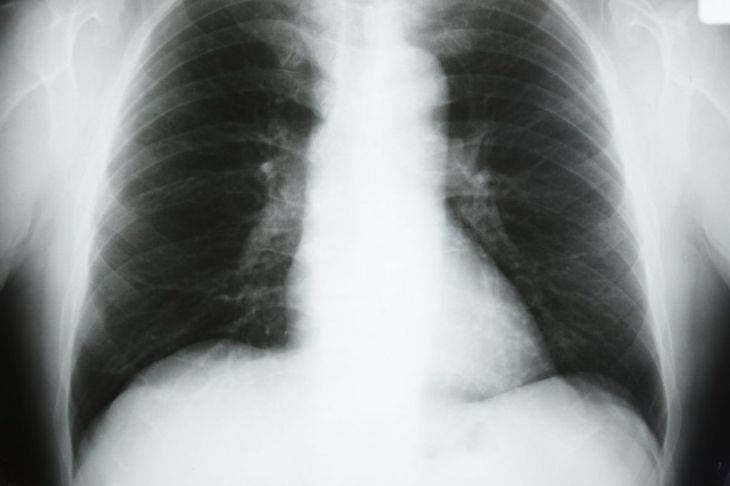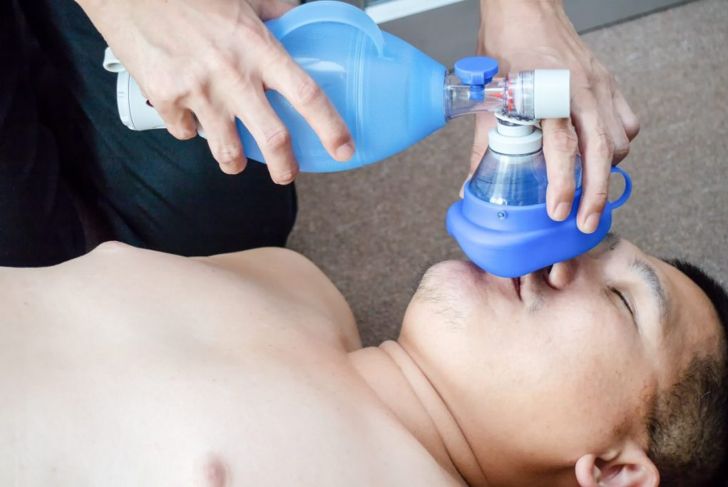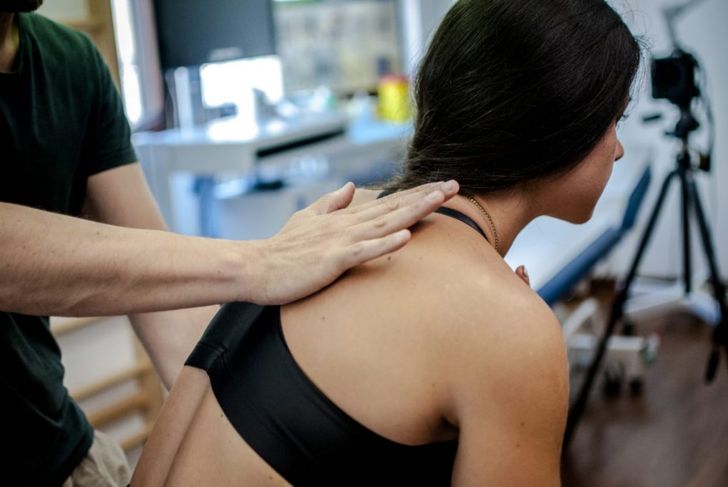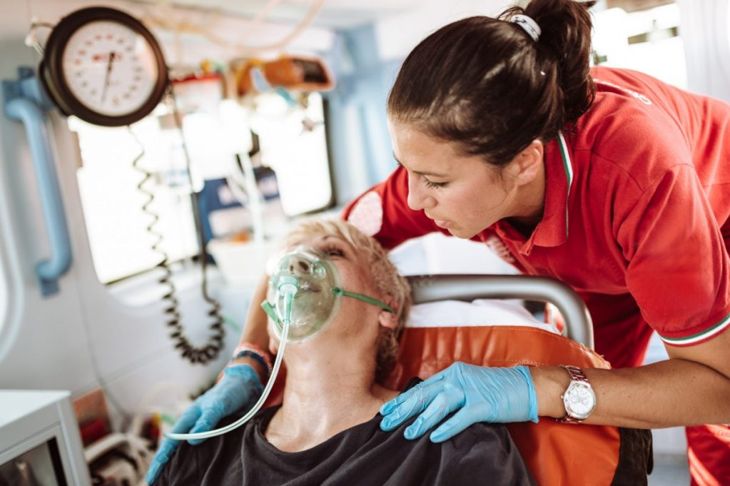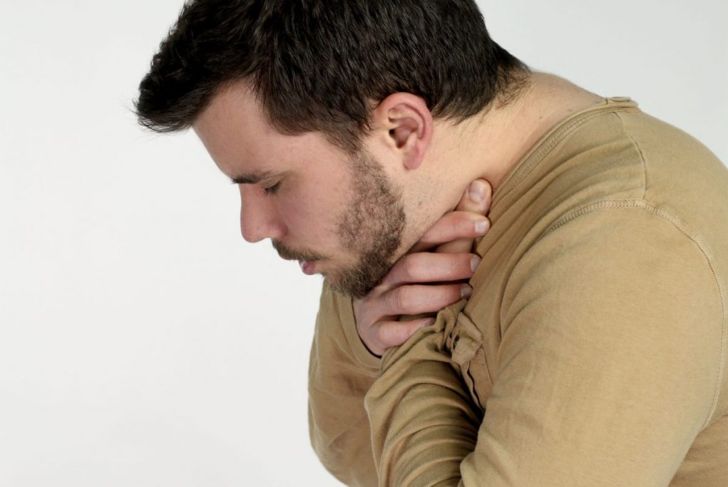Eating is such a habitual behavior that most people don’t think twice about it. Many of the actions involved in swallowing food are unconscious, so our bodies take care of the hard work for us. However, choking is a serious hazard that kills thousands of people each year in the United States alone. In the past, choking deaths were even more common due to a lack of effective first aid remedies. That all changed in the 1970s with the creation of the Heimlich maneuver.
What Is the Heimlich Maneuver?
The Heimlich maneuver is a technique used to dislodge food or other blockages from a choking person’s throat. It is such a common procedure that you’ve probably seen it countless times in movies and television shows: one person stands behind another, gives a big thrust with their fists into the person’s rib cage, and watches a piece of food go flying across the room. While the real Heimlich maneuver is rarely so dramatic, it is often effective at clearing a choking person’s airway.
Can Anyone Receive the Heimlich Maneuver?
The Heimlich maneuver is generally safe to use on adults and older children. For children, you may have to adjust your position a bit by kneeling or crouching to get on their level. The procedure should not be used on infants or small children, however — there are different forms of first aid for them. The classic Heimlich maneuver also isn’t suitable for pregnant women, but a modified form using chest thrusts can have the same effect. A person can even perform the Heimlich maneuver on herself if she begins choking when alone.
How Does It Work?
It seems a little strange to press on someone’s belly to dislodge something from the throat, but the Heimlich maneuver is proven to be remarkably effective. It works by putting pressure on the diaphragm, which generally holds a lot of air. The thrusts force the air out of the diaphragm in sharp, explosive blasts, which is usually enough to propel the food back out of the choking person’s throat.
When to Perform the Heimlich Maneuver
The Heimlich maneuver can cause injury to the choking person, so it should only be used if you are certain the person is choking. Both conscious and unconscious people can receive the maneuver, although if the person is unconscious, it needs to be done in conjunction with other forms of CPR. The Heimlich maneuver and other first aid methods should be applied as soon as you recognize that a person is choking, and should not take the place of calling 911 immediately.
How was it Created?
The Heimlich maneuver was named for its creator, Dr. Henry J. Heimlich. He was a thoracic surgeon who thought there must be a better way to save choking victims than the current first aid method in use, which was a series of hard blows to the back. That could be effective in some cases, but there was also evidence that it could force the food further down the throat. After years of research on beagles, Heimlich published the details of the maneuver in a 1974 paper called “Pop Goes the Cafe Coronary.”
The Early Days
At first, the Heimlich maneuver did not get much attention. Dr. Heimlich’s studies were limited, so there was some question about the effectiveness of his method. However, he continued to promote the technique, and the public took notice. Eventually, enough people were able to test it out in the real world to show that it works. By the mid-1980s, most medical groups recommended the Heimlich maneuver as the best treatment method for choking emergencies.
Is the Heimlich Maneuver the Best Way To Treat Choking?
Medical authorities generally agree that the Heimlich maneuver is an effective way to treat choking, but there is some disagreement about when to use it. Some authorities recommend using a series of five blows to the person’s back as a first-line attempt to dislodge the food, then following up with the Heimlich maneuver if that doesn’t work. Back blows are generally easier and safer to perform than the Heimlich, so if the food can be dislodged that way, it may be the safest choice.
After the Heimlich Maneuver
In movies, the character usually receives the Heimlich maneuver and goes right back to his normal activities. In reality, however, the Heimlich maneuver should not be treated as a replacement for medical care. Choking comes with the risk of hidden dangers such as aspiration, which may not be immediately obvious but still need urgent medical attention. The Heimlich maneuver itself can also cause damage, including bruising to internal organs and broken ribs, which a doctor should assess.
The Symptoms of Choking
The most obvious indicator that a person might be choking is if they put their hands to their throat — this is a universal sign. However, this isn’t always present. Sometimes choking is silent and not immediately obvious. Common symptoms include an inability to talk or breathe, labored breathing, coughing, and squeaky sounds associated with breathing. As the choking progresses, the person’s lips, fingernails, and skin may turn a bluish color. Eventually, the person will lose consciousness.
The Heimlich Maneuver and Drowning
Dr. Heimlich also believed that his maneuver was an effective way to help people recover from drowning and, for a while, this idea gained some traction. However, modern medical professionals do not suggest the use of the Heimlich maneuver on drowning victims. It may cause the victims to aspirate more water into their lungs, which can exacerbate the problem. Instead, use first aid guidelines developed specifically for drowning victims.

 Home
Home Health
Health Diet & Nutrition
Diet & Nutrition Living Well
Living Well More
More

